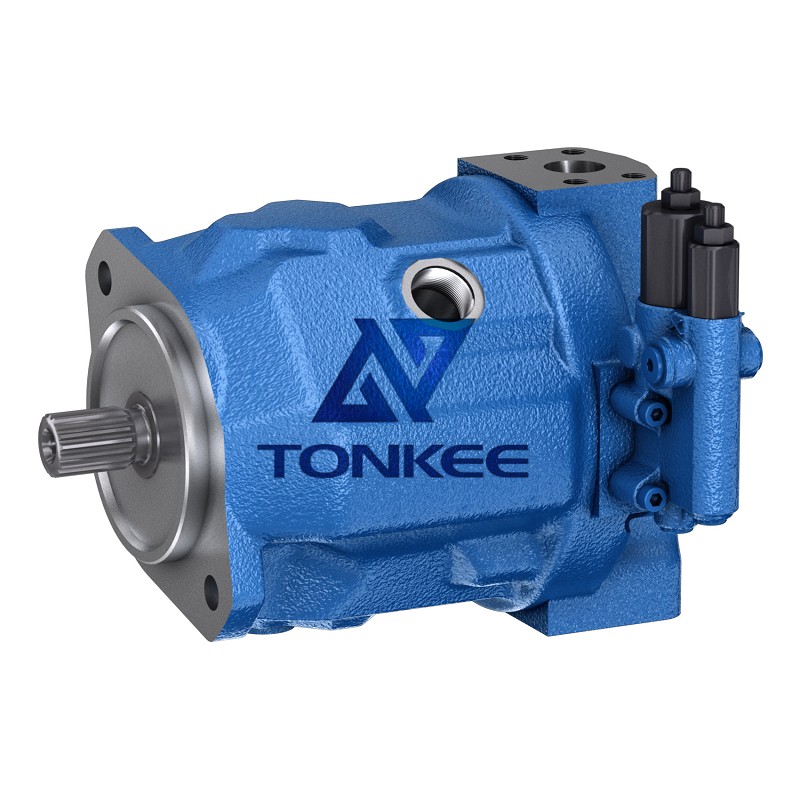
Firstly, the A10VO 28DFLR/31L-PSC62K02 is a variable displacement axial piston pump, meaning it can vary its output flow based on the system requirements.
This feature allows for precise control and adaptation to changing operational needs, resulting in improved efficiency and energy savings. The displacement range of this pump is 28 cm³/rev, making it suitable for medium to high flow rate applications.
One notable aspect of the A10VO 28DFLR/31L-PSC62K02 pump is its exceptional pressure capability. It can handle pressures up to 280 bar, making it suitable for demanding hydraulic systems that require high-pressure operation. This robustness ensures reliable performance even in challenging environments.
Another crucial specification of this hydraulic pump is its flange mounting option. The 28DFLR/31L designation indicates the specific flange and shaft-end design of the pump, enabling easy integration into existing hydraulic systems. This feature simplifies installation and maintenance procedures, reducing downtime and overall costs.
The A10VO 28DFLR/31L-PSC62K02 pump offers a range of control options to meet different application requirements. The PSC62K02 designation signifies the pump's control mechanism, which utilizes a pressure cut-off control (PSC) function. This control option allows for efficient load-sensing operation, where the pump adjusts its output based on the system's demand, reducing energy consumption and improving overall system performance.
Moreover, this hydraulic pump is designed for compatibility with various hydraulic fluids, including mineral oils, water-glycol, and synthetic fluids.
This versatility enables its use in a wide range of industries, such as construction, agriculture, material handling, and more.
In terms of efficiency, the A10VO 28DFLR/31L-PSC62K02 pump incorporates advanced technologies to minimize energy losses and optimize overall system performance. Its precise displacement control, along with low-friction components and high-quality seals, ensures efficient power transmission and reduces heat generation. This results in improved energy efficiency, reduced operating costs, and extended component life.





 English
English português
português Русский язык
Русский язык









